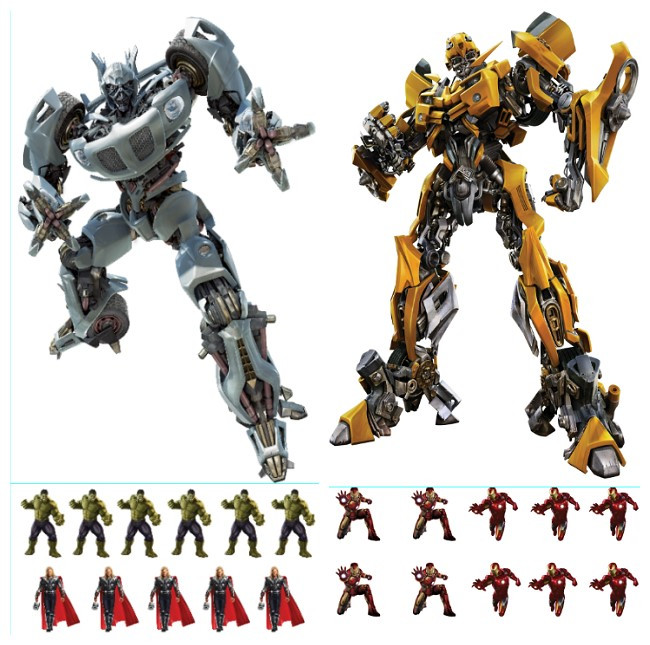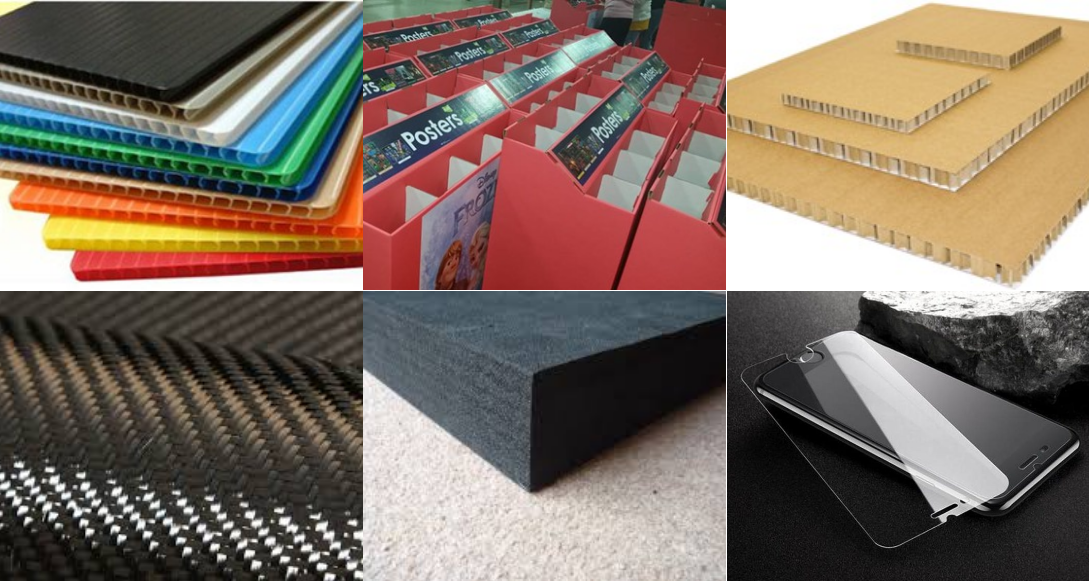Lion gold metallurgy is a wet zinc smelting plant, using the traditional wet process zinc concentrate roasting, acid plant, two calcine leaching, two purification, electrowinning net fluid. There are a large number of low-grade zinc oxide ore in the 200km range of the plant, and the procurement cost is much lower than that of zinc baking sand. If it can be used for production, it will bring considerable economic benefits. For low-grade zinc oxide ore, the use of conventional acid leaching process is not satisfactory, mainly because of high acid consumption, high impurities, low zinc concentration, and difficult to handle leachate, so low-grade zinc oxide ore has not been very good. use. This experiment attempts to use a mild leaching process condition to leaching low-grade zinc oxide ore with sulfuric acid to achieve the purpose of leaching metal zinc and reducing impurities and acid consumption. First, the test method (1) Test materials The main chemical components (%) of the raw materials: Zn 16.13, Cu < 0.005, Fe 6.7, SiO 2 16.61, Al 2 O 3 2.39, CaO 13.99, MgO 0.95, Cd 0.21, Co 0.002, S 0.8. X-ray diffraction analysis and electron microscopy analysis showed that the main zinc mineral was rhombohedrite, followed by heteropolar ore, the main gangue minerals were calcite and quartz , and a small amount of celestite and barite in the ore sample. The chemical phase (%) of zinc: oxide 84.71, heteropolar ore 13.85, sulfide 0.78, and other 0.66. It can be seen that it is difficult to enrich this mineral by means of mineral processing . (2) Test methods 1. Grinding and leaching The ore is first crushed in a particle crusher and then ground to the desired particle size in an XZM100 vibrating sample preparation machine . The leaching test was carried out in a beaker, and the required temperature was controlled with a constant temperature water bath and stirred with a variable speed electric mixer. After the leaching, the slurry was vacuum filtered in a Buchner funnel, and the leaching solution and the leaching slag (after drying) were separately sent for analysis. 2, extraction and electrowinning The solvent extraction test was carried out in a separatory funnel using a 3-stage extraction + a 2-stage stripping. The ratio of the extraction section to the stripping section (O/A) was 2:1 and 5:1, respectively. The aqueous and organic phases were pressed. A certain condition is mixed on a Connaughter for a certain period of time, and then the separatory funnel is taken out for standing and phase separation, and the aqueous phase and the organic phase are separately subjected to chemical analysis, and the pH of the equilibrium aqueous phase is determined by a pH 5-3C type acidity meter. Zinc electrowinning cell made of Perspex is performed, is supplied with direct current from a DC JWL-30 flow stabilizer, an anode using Pb-Ag-Ca-Sr quaternary alloy, an aluminum plate as a cathode, with the pole pitch 80mm, The cathode current density was 425 A/m 2 and the electrolyte temperature was 30 to 32 °C. Second, test results and discussion (1) Two-stage leaching In order to ensure a high Zn leaching rate and inhibit the leaching of SiO 2 and Fe, two-stage leaching is adopted, that is, the first stage is neutral leaching, the leaching temperature is 40 ° C, the leaching time is 1 h, the liquid-solid ratio is 3:1, and the leaching end point is pH 5 .2 ~ 5.5, Fe, Si, Al in the leachate can reach a relatively low content. The neutral leaching slag after liquid-solid separation is further subjected to acid leaching, the leaching temperature is 80 ° C, the leaching time is 1 h, the liquid-solid ratio is 3:1, and the leaching end point is pH 1.5 to 2.0, and the leaching residue can be discarded after washing. The test results show that (Table 1), the two-stage countercurrent leaching method, the leaching rate of Zn can reach more than 92%, and the content of Fe, SiO 2 and Al 2 O 3 in the neutral leaching solution is very low, which is beneficial to the subsequent extraction operation. . Table 1 Two-stage leaching test knot (2) Extraction test Test conditions: The organic phase was 50% P 204 + 260 # kerosene, liquid feed composition (g / L): Zn 30.15 , Fe 0.014, Co 0.002, Cd 0.35, pH5.4. After the test reaches equilibrium, the components of the raffinate and the supported organic phase are listed in Table 2. The multi-element chemical analysis results of the typical materials of the stock solution, raffinate and stripping solution are shown in Table 3. Table 2 Cascade extraction test results Table 2 Cascade extraction test results The cascade test shows that the extraction of zinc from the neutral leaching solution containing Zn by P 204 not only has the effect of enriching zinc, but also purifies various impurities. (3) The influence of micro-electrolyte and P 204 on zinc electrowinning and elimination 1, activated carbon adsorption in addition to organic matter In order to obtain high-quality electro-zinc, the trace amount of organic matter is removed before the stripping solution is sent to the zinc electrowinning, usually by activated carbon adsorption. This test used coconut shell activated carbon powder with a particle size of -0.147mm produced by Beijing Guanghua Lumber Factory. The content of P 204 before and after adsorption of activated carbon was measured by a TRACE MS 2000 gas chromatography-mass spectrometer manufactured by Finnigan, USA. The results showed that the content of P 204 in the stripping solution before the adsorption of activated carbon was 264×10 - 6 , and the content of P 204 in the stripping solution was reduced to 0.7×0 - 6 after the adsorption of 2g/L activated carbon powder. 2. Effect of trace amount of P 204 in electrolyte on zinc electrowinning Zinc electrowinning is a mature process, but the P 204 extraction technology is used in this process. Whether the trace amount of P 204 organic matter in the electrolyte has an influence on the quality of electro-zinc has not been reported in domestic and foreign literatures, so this test is This was studied. The zinc electrowinning test was carried out using the Zn stripping solution produced in this test and removing the organic matter by the activated carbon, the current was 3.0 A, the cathode area was 0.00705 m 2 , and the cathode current density was 425 A/m 2 . Chemical composition of electrolyte (g/L}: Zn 102.52, H 2 S0 4 130, Fe 0.001, Cd 0.001, Mg0 0.003, Si0 2 0.014, Al 2 O 3 0.06, Co 0.001, Cu 0.001, CaO 0.34, P 204 <l×10 - 6 . The results of the zinc electrowinning test are shown in Table 4. The test results show that the content of P 204 in the electrolyte has a great influence on the quality of the cathode zinc. The content of P 204 in the electrolyte should be controlled below 5.0×10 - 6 to obtain the cathode zinc with smooth surface. The content of P 204 after the removal of the organic matter by the activated carbon produced by the test was less than 1.0 × 10 - 6 , and the electro-zinc obtained under the same conditions contained 99.99% of Zn, and the surface was smooth and flat. Table 4 Zinc electrowinning test results (4) Comprehensive test indicators The production of electro-zinc from low-grade zinc oxide ore by leaching-extraction-electrowinning process is subjected to several processes such as crushing, grinding, leaching, liquid/solid separation, extraction, and electrowinning. The recovery rate of each process is shown in Table 5. Table 5 shows that the total zinc recovery rate reached 88.81%. Table 5 Recovery rate of Zn in each process Third, the conclusion Low-grade zinc oxide ore is leached by two-stage countercurrent leaching. The leaching rate of Zn can reach 92%-95%. The leaching of impurities Cu, Fe, Si and Al is effectively suppressed. The leaching solution extracts zinc and zinc stripping liquid with P 204 . The product process can produce high quality electric zinc. Suitable zinc electrowinning control conditions, the electrolytic solution P 204 content of less than 5 × 10 - 6 when not adversely affect the quality of electrolytic zinc. Activated carbon adsorption method enables P 204 content of Zn in the stripping solution is reduced to 1.0 × 10 - 6 or less, so as not to adversely affect the zinc electrowinning. CNC Oscillating Knife Cutting Machine
Concepts:
INDUSTRIES:
Sign and Graphics, Digital
Printing, Packaging, Automotive, Recreational boat, Exhibits, and
Fixtures, Sign Making, Gasket Materials, Arts and Crafts, etc.
Main features:
Oscillating Knife Cutter With CCD Oscillating Knife Cutter With Ccd,Oscillating Knife Cutter,Cnc Router With Oscillating Knife,Oscillating Knife Atc Contour Cutter Shandong U-May CNC Technology Co., Ltd. , https://www.fiberlasers.de




CNC VISION SYSTEM: CCD Vision Cutting system contains two operating
modes: direct cutting mode and photo processing mode. Therefore, the
processing route manufacturing steps
Differentiate: Direct cutting does not need to draw a photo point, and
the tool path file for drawing a photo point can be processed through
the buttons on the interface.
Carpet, Felt, Foam, Closed
Cell Foam, Fiberglass Insulation, Composites, Gasket
Materials, Rubber, Fabric, Honeycomb Cardboard, Single-ply
Cloth/Fabric, Corrugated Cardboard/Paperboard, Vinyl
Veneers, Snowboard, Corrugated Plastic, Leather Goods, wood veneer for
inlay/marquetry artwork, Carbon fiber pre-preg laminates for aerospace,
military, and automotive components i.e.
Why choose Oscillating Knife Cutting Machine



